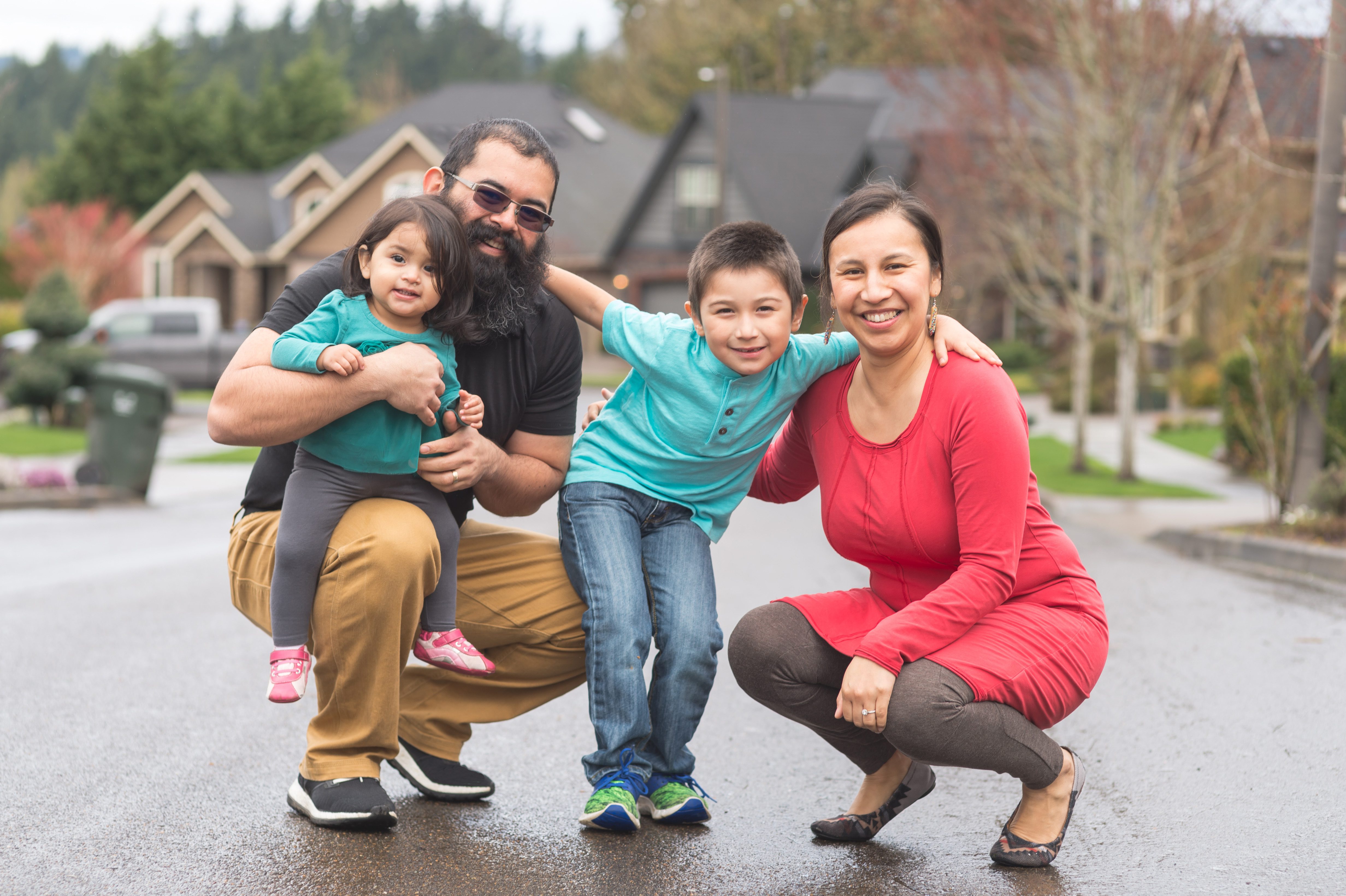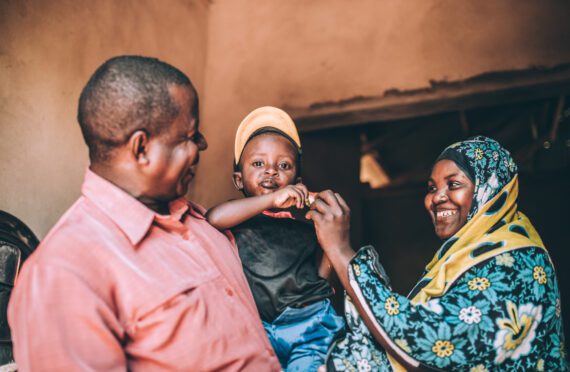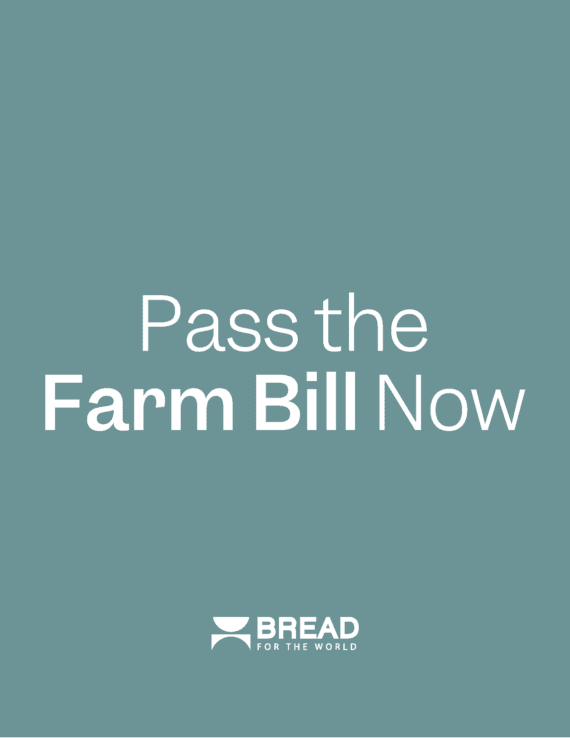By Marlysa D. Gamblin
November is Native American Heritage Month, also known as National American Indian Heritage Month—a time to celebrate the history, culture, and traditions of Indigenous communities in the United States, similar to Black History Month, Hispanic Heritage Month, Asian and Pacific Islander Heritage Month, and Women’s History Month.
One attribute that Indigenous communities have in abundance is resilience. For hundreds of years and continuing today, Indigenous communities have persisted through a series of traumas, including colonization, genocide, forced migration, land loss, and current forms of structural and institutional racism such as discrimination in the workplace and criminal justice system. Persistent efforts to preserve their own cultures have been essential to their very existence.
I was fortunate to attend the Native American Third Annual Nutrition Conference in October, where resilience was celebrated and promoted through a commitment to ancestral traditions. The conference brought together tribal officials, elders, community leaders, researchers, and people from younger generations to discuss the urgent problem of hunger, malnutrition, and food insecurity in Indigenous communities.
The national statistics on child food insecurity in the United States show that hunger among children is far too common in such a wealthy country, but the situation is far bleaker for children from Indigenous families than for U.S. children as a group. As we point out in Bread for the World Institute’s new fact sheet, this is largely because of structural racism that has perpetuated deep poverty in these communities. Poverty rates among Indigenous groups are regularly between two and four times as high as for the United States as a whole. The latest available data indicate that Indigenous households as a group have a poverty rate of 25.4 percent and that female-headed Indigenous households have a poverty rate of 54 percent. These rates compare to 12.3 percent for the nation as a whole.
Complex historical traumas have shaped the situation of today’s Indigenous people. The arrival of Europeans several centuries ago meant violent conflict and exposure to new diseases, particularly smallpox. The result was death on a staggering scale. Some researchers believe that the population decreased by as much as 95 percent within a few generations. Even beyond outright violence, a host of U.S. policies contributed to concentrated poverty, both on and off reservations. Today, many Indigenous people lack access to sufficient affordable nutrient-rich foods, leading to medical problems such as diabetes, obesity, and heart disease.
The community, tribal, and research leaders at this year’s nutrition conference expressed their determination to end hunger and malnutrition in their communities. Indigenous communities can draw on their cultures of resilience and perseverance, as well as their traditional emphasis on nutrition, to make this goal a reality. The conference was an opportunity for Indigenous leaders from different regions, customs, and age groups to share innovative projects.
As a part of honoring Native American Heritage Month, Bread for the World would like to lift up some recommendations that conference participants offered to reduce food insecurity and malnutrition among Indigenous communities. These include:
- Providing financial support and technical assistance to Indigenous entrepreneurs who want to participate in improving food systems. Supporting the creation of Indigenous-led agricultural projects can help eliminate the common problem of food deserts while also creating jobs. This is currently being done, for example, through a two-year USDA grant in Wyoming.
- Increasing support for Indigenous chefs and nutritionists to establish their own businesses, prepare healthy Indigenous cuisine, and teach cooking skills to others. This will help shift Indigenous cultures toward following nutrition practices that have stood the test of time as well as equipping people to improve their nutritional status and that of their children. Visit the website of the Indigenous Food Lab for more on one approach to doing this.
- Increasing funding for the Indian Health Services. This would enable the agency to hire additional staff, provide more nutrition-specific and nutrition-sensitive services to vulnerable communities, and conduct the research needed to identify best practices and future priorities.
- Increasing the monthly budget for households that participate in the Supplemental Nutrition Assistance Program (SNAP). This is particularly important during seasons when other costs rise steeply—for example, heating for families on reservations in North and South Dakota, where sub-zero winter temperatures are not uncommon.
These recommendations are not comprehensive—rather, they are only a few examples of policy changes discussed during the conference that will help Indigenous communities become better nourished. They are steps in the right direction that are essential if the United States is to meet its goal of ending domestic hunger and food insecurity by 2030.
We can honor Native American Heritage Month by recognizing the incredible work being done by Indigenous leaders and communities—and by urging our elected leaders to enact these policy recommendations, as well as other policies that will move the United States toward zero hunger, both for Indigenous communities and for everyone.
Marlysa D. Gamblin is domestic advisor for policy and programs, specific populations, with Bread for the World Institute.



